
Trailer Lighting Requirements
Are lights required on all trailers? What lights are required on MY trailer? Where do I mount these lights on my trailer? What standards must trailer lights, reflectors, and reflective tape meet? What is the difference between lights with a "C" in their code (PC and PC2) and those without (P2 and P3)? What is the difference between lights that are for trailers wider than 80 inches and those that are not? What is the difference between non-submersible, submersible, and waterproof lights?
Are Lights Required on all Trailers?
Tail Lights Turn Signal Lights: Brake lights Reflectors License Plate Light Side Marker Lights (to mark the trailer's length) Clearance Lights (show width and height)
What Lights are Required on My Trailer?
1. Measure the Length of Your Trailer
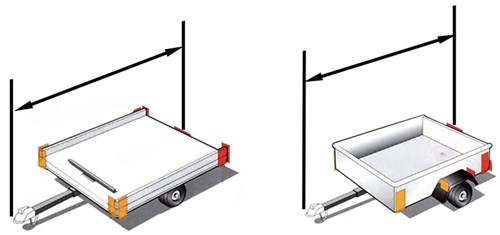
2. Measure the Width of Your Trailer
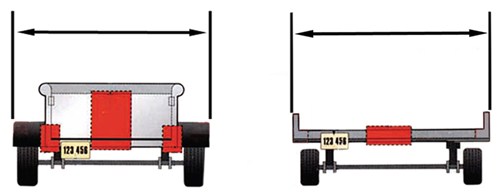
3. Locate Trailer GVWR
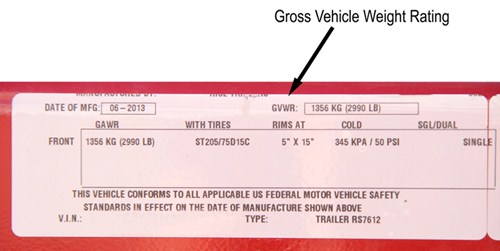
Trailer Type 1 = less than 80 inches wide and less than 30 feet long Trailer Type 2 = 80 inches or wider, less than 30 feet long, and has a GVWR of 10,000 lbs or less Trailer Type 3 = 80 inches or wider, less than 30 feet long, and with a GVWR greater than 10,000 lbs Trailer Type 4 = 30 feet or longer (regardless of width or GVWR)
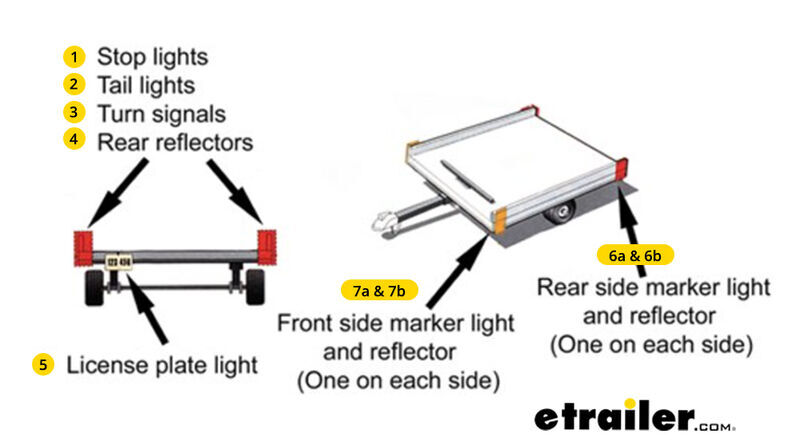

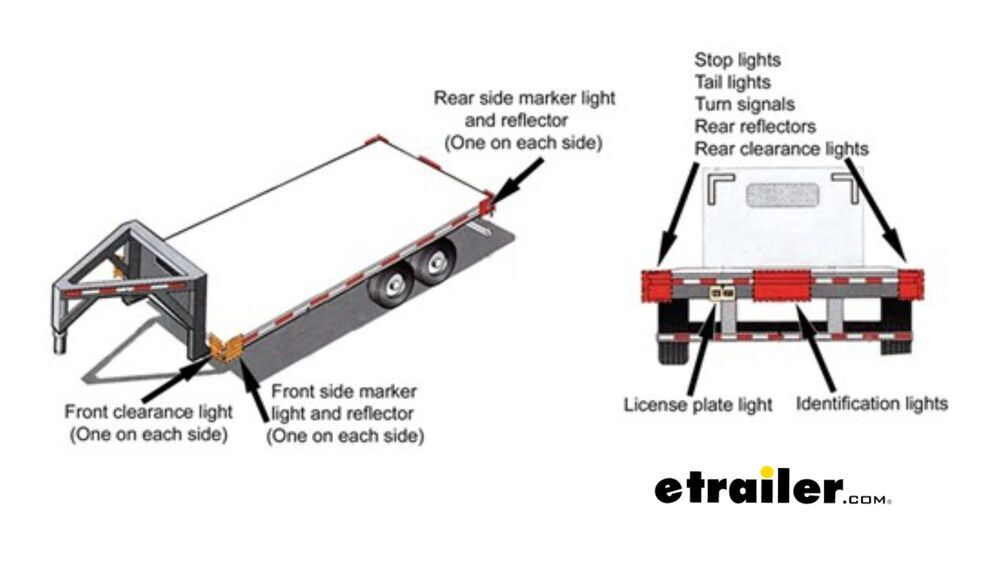

Where to Mount Trailer Lights, Reflectors, and Conspicuity Treatments
Rear of trailer Same height above the ground Same distance from the trailer's vertical centerline As far apart as possible
Rear of trailer Same height above the ground Same distance from the trailer's vertical centerline As far apart as possible
Rear of trailer Same height above the ground Same distance from the trailer's vertical centerline As far apart as possible
Rear of trailer Same height above the ground Same distance from the trailer's vertical centerline As far apart as possible
Rear of trailer Above or to the side of license plate
One on each side of trailer As far toward the rear of the trailer as possible
One on each side of trailer As far toward the rear of the trailer as possible
One on each side of trailer As far toward the front as possible Not on trailer tongue
One on each side of trailer As far toward the front as possible Not on trailer tongue
One on each side of trailer Halfway - or as close to halfway as possible - between the front and rear side reflectors
One on each side of trailer Halfway - or as close to halfway as possible - between the front and rear side reflectors
Rear of trailer May be located farther forward if necessary
Same height above the ground Same distance from trailer's vertical centerline As high as possible on trailer Can be lowered if identification lights are at the top or if header extends less than 1 inch above doors
Rear of trailer Same height above the ground Spaced 6 - 12 inches apart As high as possible on trailer Can be lowered if header extends less than 1 inch above door
Front of trailer May be located farther rearward if necessary
Same height above the ground Same distance from trailer's vertical centerline As high as possible on trailer
Trailer lights must be permanently mounted to the trailer. Lights must be visible - they can't be blocked by another part of the trailer. Lighting must be installed square to the trailer's centerline. For example, lights on the rear of the trailer must face toward the rear and not angle up, down, or sideways. PC combination side marker and clearance lights are an exception to this rule. To learn more about PC lights, see our section on PC vs. non-PC lights.
Each pair consists of a horizontal and a vertical strip Each strip must be 12 inches long The strips must be mounted as close as possible to the upper and outer edges Treatment can be mounted on the rear-facing surface of a bulkhead on an otherwise flat trailer Treatment can be omitted on container chassis or platform trailers without bulkheads
Mounts along rear bumper or underride protection device Runs the full width of bumper bar
Runs along full width of lower portion of body Extends horizontally, as far as possible to each end
Running along both sides of the trailer, as evenly spaced as possible Covering at least 1/2 of trailer's length Extending horizontally between the front and rear of the trailer as far as possible
Apply to a Flat Surface Conspicuity treatment must be applied to a flat surface. It can't be applied over hinges, rivets, or corrugations.
Proximity of Conspicuity Tape to Lights The edge of any white marking tape must be at least 3 inches away from the edge of any required red or yellow light. The edge of any red marking tape must be at least 3 inches away from the edge of any required yellow light.
Splitting Marking Tape to Clear Rivets or Other Obstructions You can split DOT-C2 marking tape into (2) 1 inch wide strips, separated by a gap no bigger than 1 inch - to clear rivet heads or other small obstructions.
Red and White Marking Tape Each segment of red or white marking tape must be from 6 - 18 inches long. Shorter lengths can be used to clear obstructions. Longer lengths can be used to avoid placing white tape near red lights.
In a continuous strip of alternating red and white, the total length of 1 color cannot be more than 2/3 of the total length of the strip. Example: If you apply tape in a 9 foot long section, the total length of red tape - when added together - cannot be greater than 6 feet because 6 feet is 2/3 of 9 feet.
Reflectors Used in Place of Tape Reflectors must be installed in a repetitive pattern of 2 or 3 white reflectors alternating with 2 or 3 red reflectors. The center of each reflector cannot be more than 4 inches from the center of each adjacent reflector. Additional reflectors are not required if the conspicuity material is placed at the locations of the required reflectors.
SAE - Indicates the lens was rated using standards developed by Society of Automotive Engineersedit Codes for individual light functions (see chart for the key) Year of manufacture Manufacturer's identification number
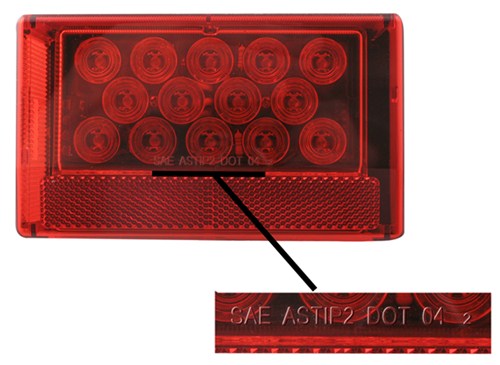


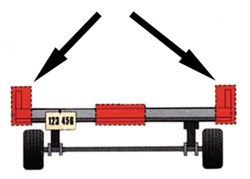
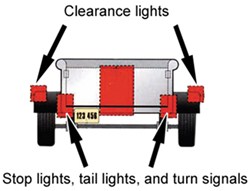
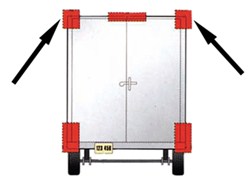
Adding a drain hole at the bottom of the light - The main idea behind this design is to let out water if it does get in. A short submersion won't necessarily damage the light. And because the hole is at the bottom of the light housing, the air that is trapped inside the light will help keep water away from electrical connections. Sealing the light so that water can't get in - This kind of light is waterproof.
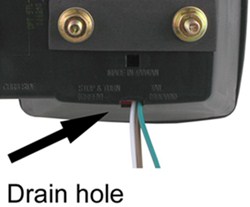
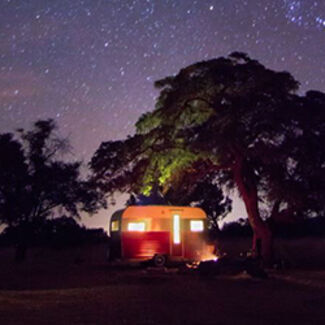
Pierre
6/4/2024
What color should a marker lamp be that is: Rear facing, but mounted on the back of the fender, five feet forward of the rear of the (type 2) trailer?

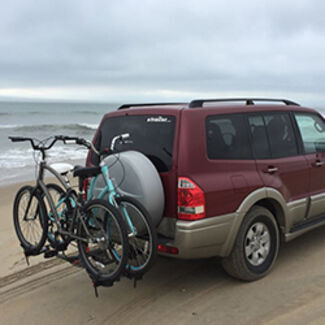

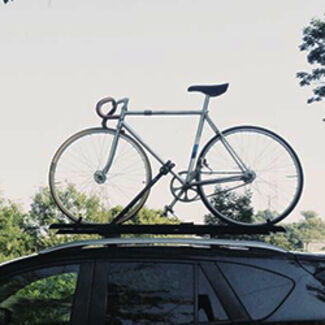
Safecastle
5/24/2024
Seems like a useful resource for anyone who owns a trailer or is considering buying one. It's important to be aware of the trailer lighting regulations so that you can ensure your trailer is safe and legal to operate on the road.
Departments
Towing
- Trailer Hitch
- Fifth Wheel
- Gooseneck
- Towing a Vehicle
- Front Hitch
- RV Hitch
- ATV Hitch
- HD Truck Hitch
- Vehicle Wiring
- Brake Controller
- Ball Mounts
- Weight Distribution
Sports and Recreation
Trailer Parts
- Utility Trailer
- Boat Trailer
- Landscape Trailer
- Enclosed Trailer
- 5th/Camper Trailer
- Car Hauler
- Horse Trailer
Vehicle
Contact & Help

What our customers are saying:
"Very helpful/friendly Customer Service. Competitive Pricing. Shipping was Fast."
John
Mankato, MN
















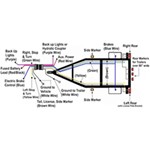
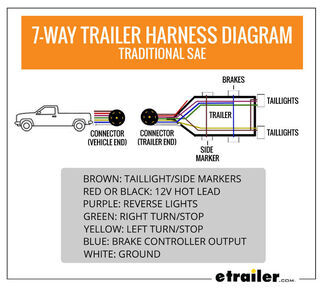
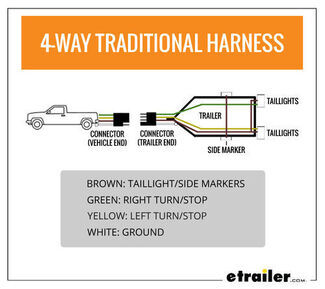



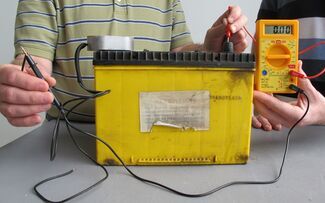


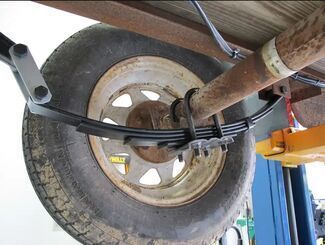


Mark
9/30/2025
I understand there are different requirements for different size trailers. I am confused about the actual difference in "marker lights" vs. "clearance lights". Trying to figure out what lights I want to buy, I see several lights can be used as either clearance or marker but not both. I'm looking for an explanation of the difference in the lights and how can ne light be used as either but not both. Is it about being PC rated or non-PC rated? If the light can be used as either or, is it a difference in mounting or wiring? Please explain. Mark Zieno